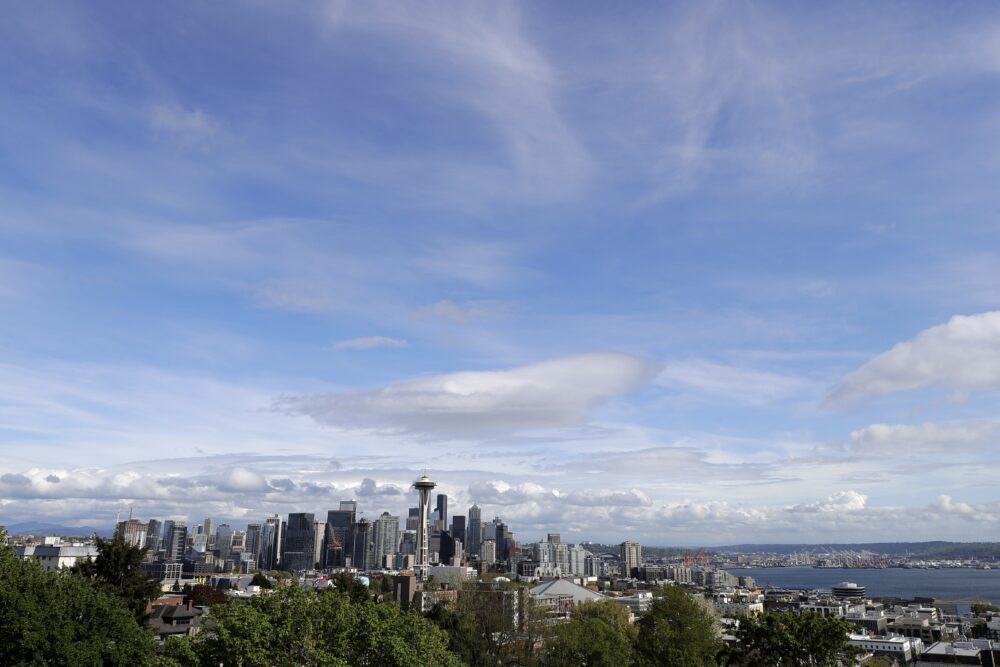
Rural Poverty “Less Visible,” Says Washington Sociologist
Listen
What does “taking care of your own” look like for small Northwest towns after COVID relief expired six months ago? Correspondent Lauren Paterson reports on what a sociologist who studies rural poverty has to say.
(Runtime :59)
Read
The CARES Act approved by Congress in 2020 established a $150 billion dollar Coronavirus Relief Fund. It provided payments to state, local, and tribal governments, but relief expired at the end of 2021.
Sociologist Jennifer Sherman, a professor at Washington State University, says this is affecting rural communities of the Northwest.
“Very often, rural housing insecurity looks different. It might mean, doubling up or couch surfing or things like that,” she says.
“You’re less likely to have any kinds of services for the rural poor as well. So I think I think they’re less visible and easier to ignore.”
Sherman, who studies rural poverty and income inequality, suggests policymakers look into subsidizing things like housing, healthcare, childcare and food. Expanding access to life’s necessities could especially help vulnerable populations, she says.
Her book, Dividing Paradise: Rural Inequality and The Diminishing American Dream, was released last spring. It’s based on her studies as she immersed herself in a small Washington community.















